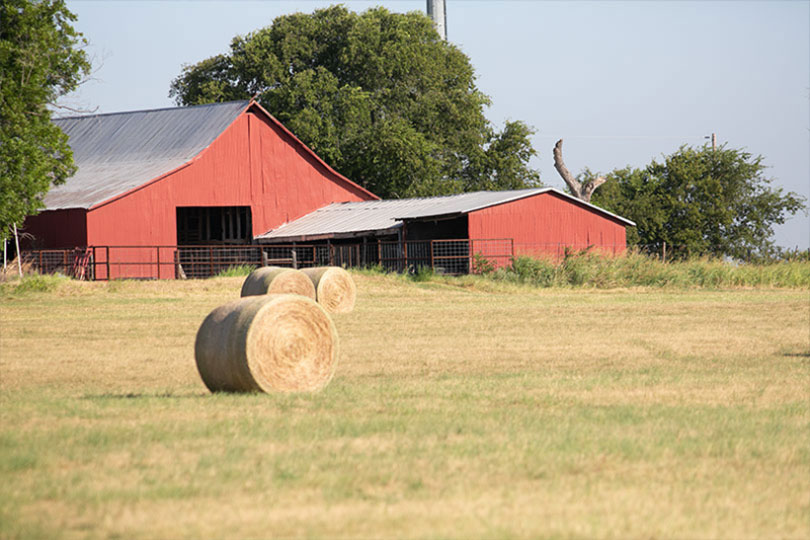U.S. agricultural land values and cropland cash rents have reached new highs, according to the U.S. Department of Agriculture’s (USDA) Land Values 2023 Summary report.
Agricultural land values increased by 7.4% an acre over 2022. The average value of U.S. farm real estate, which includes the value of all land and buildings on farms, is $4,080 per acre, up from $3,800 last year.
Last year, farm real estate values increased by 12% from 2021. Aside from last year, 2023 farm real estate values had the largest increase since 2014.
Recent government program incentives, like the Conservation Reserve Program, have contributed to increased competition for active cropland and increased land prices.
Competing land-use interests, which includes urban and suburban sprawl, and increased investments into hard assets, like land, for a safer return on investment during an extended period of inflation, are influences that are also contributing to rising land values, according to American Farm Bureau Federation (AFBF) economists.
In Texas, land values continue to climb.
The average value of Texas farm real estate is $2,900 per acre, up from $2,650 in 2022.
Average U.S. cropland values also increased in 2023, rising to $5,460 per acre. The year-over-year increase was $410 per acre, the third highest behind 2022 and 2013.
The average value of cropland in Texas is $2,590 an acre, up 7% from $2,420 last year.
Pastureland values saw a large increase from the previous year, as well.
The average value of Texas pastureland is $2,200 per acre, an increase of 7%. The average value of U.S. pastureland is $1,760 per acre, up 6.7%.
The report shows cash rents also jumped, ranging from 4.4% to 7.1% increases across cropland, irrigated and non-irrigated, and pastureland.
U.S. cropland rent values are at a record $155 per acre and irrigated cropland rents are $237 per acre. Non-irrigated cropland rent increased to $142 per acre.
Cash rent for pastureland increased to $15 per acre.
The report shows leasing cropland has become less profitable as pressures on open land have increased across the nation for residential and energy development.
“These trends have been strengthened by the preference of office-based workers to work at home or away from a central urbanized office location, which provides people flexibility to work from rural communities and buy properties that compete with agricultural land use,” AFBF economists said. “Periods of heightened commodity prices also lead to higher leasing rates set by landowners.”
Along with high input costs, increased rent and land cost are additional obstacles for farmers and ranchers.
“Fortunately, for producers who own land, their equity has increased, but for those just starting out or reliant on the acres they rent to make ends meet, these increases can become an unbreachable barrier to entry,” AFBF economists said.
The report, which was released last month, was compiled by USDA’s National Agricultural Statistics Service.


Leave A Comment